#wetland
Photo

10.06-23
I really like this one. :3
- Vivera Rossi
728 notes
·
View notes
Text
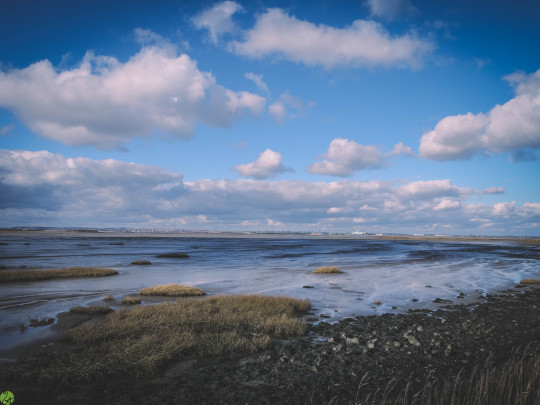
Motney Hill, Rainham, Kent, England, February 2024.
#photography#nature photography#nature#landscape#wetland#water#river#kent#england#rainham#motney hill#lensblr#photographers on tumblr#original photography
216 notes
·
View notes
Text
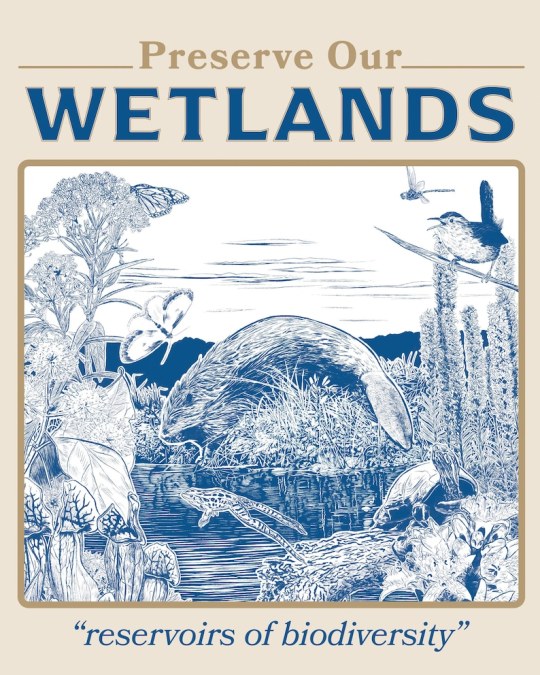
Preserve Our Wetlands - Digital Print by QuerkusCreative
192 notes
·
View notes
Text

黑面琵鷺 | black-faced spoonbill | クロツラヘラサギ
79 notes
·
View notes
Text

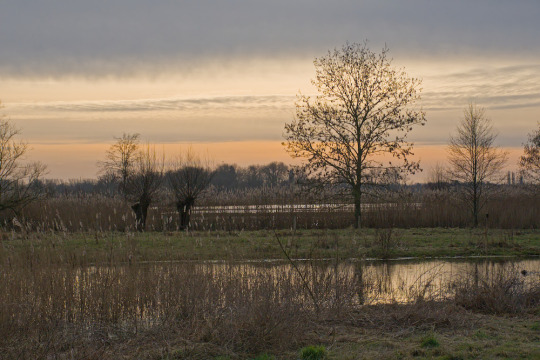
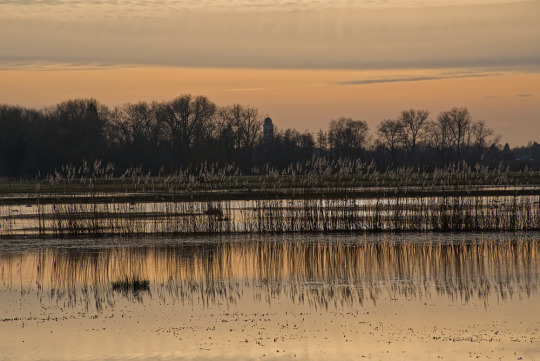

Winter evening sky over Bourgoyen.
#landscape#photography#bourgoyen#marsh#marshland#wetland#wetlands#a game of tones#nature#ghent#flanders#belgium#swamp#cou ntryside#wanderlust#hiking adventures#original photographers#photographers on tumblr#lensblr#original photography#pws#hiking aesthetic
105 notes
·
View notes
Photo

Stardust 3, Around the Fen - Isabella Werkhoven
Dutch, b.1969-
oil on linen , 150 x 100 cm.
563 notes
·
View notes
Text
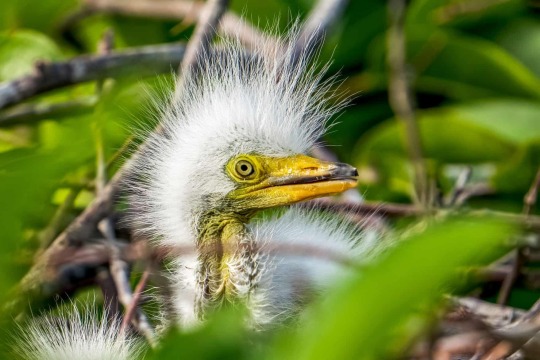
A newly hatched baby egret in a nest in the Wakodahatchee Wetlands in Delray Beach, Florida, US
Photograph: Ronen Tivony/Sopa Images/Rex/Shutterstock
#ronen tivony#photographer#sopa images#rex#shutterstock#egret#bird photography#wakodahatchee wetlands#wetland#delray beach#florida#nature
94 notes
·
View notes
Text

#horses#horse#animals#mustangs#science#education#nature#photography#animal#landsccape#cute animals#funny#lol#adorable#landscape#paradise#explore#gifs#beautiful#beauty#primates#zoos#mammals#wild animals#wildlife#mountain#incredible#running#wetland#river
54 notes
·
View notes
Text
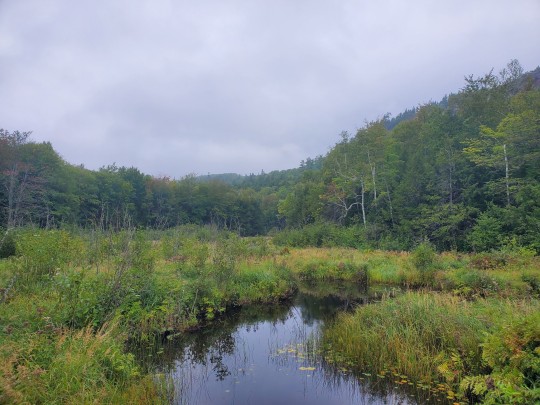
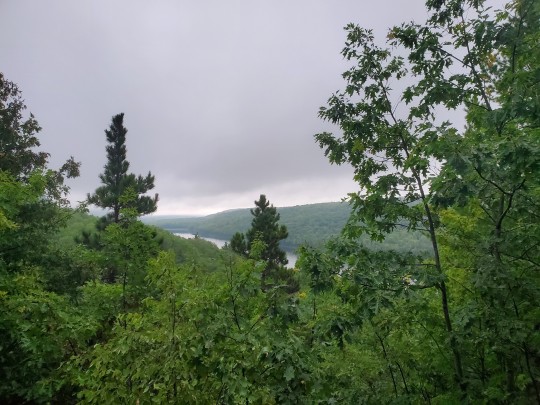
Backpacking in the Porcupine Mountains, Michigan's upper peninsula - Sept 2022.
linktree
#my photography#nature#forest#wetland#meadow#michigan#puremichigan#woods#woodland#hiking#backpacking#travel#adventure#fog#misty#mist#foggy#autumn
1K notes
·
View notes
Photo
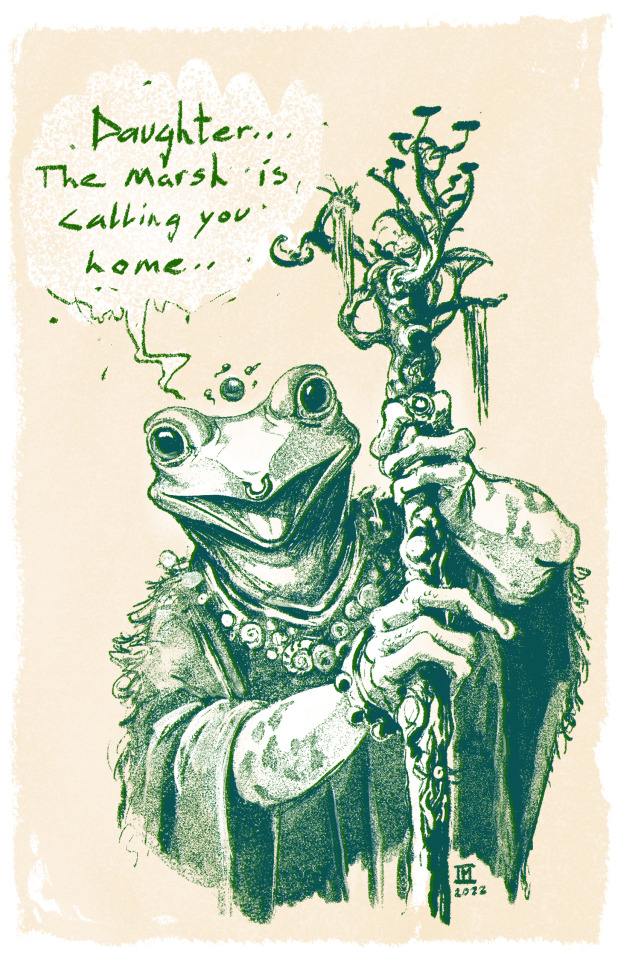
Farewell gift for a friend moving back home to VA.
1K notes
·
View notes
Photo
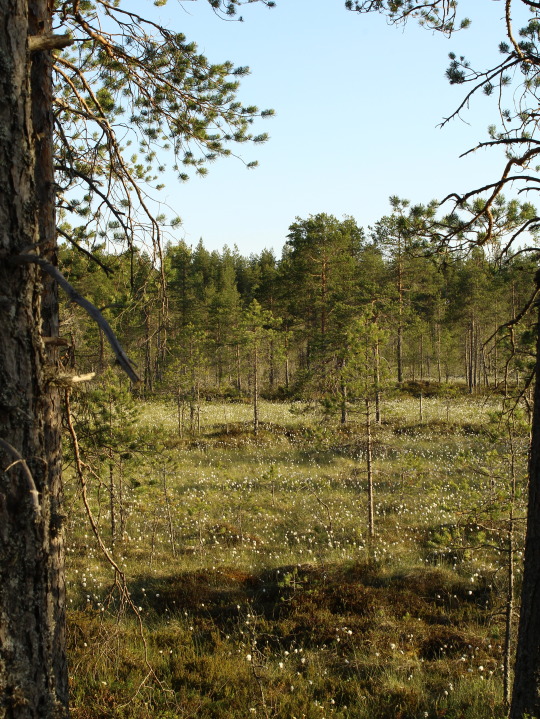
10.06-23
One of my faves. :3
- Vivera Rossi
287 notes
·
View notes
Text

Bear Meadows #2, Pennsylvania - April 7th 2024
#nature#photographers on tumblr#original photography#lensblr#mountain swamp#pennsylvania#spring#wetland
42 notes
·
View notes
Text
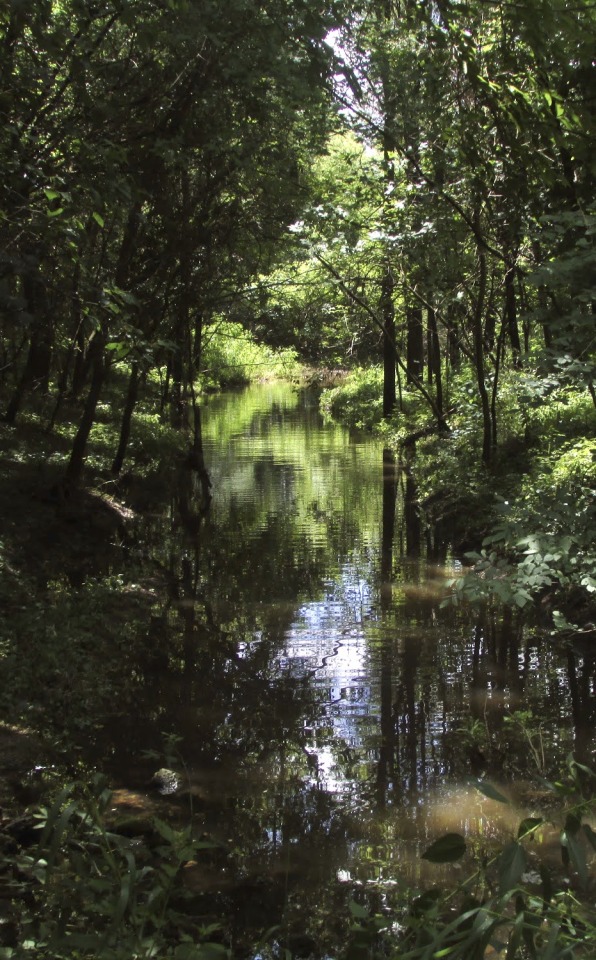
This Moment In Time
#midas touch illustration#digital photography#photography#forest#forests#woods#water#marsh#swamp#bog#wetland#creek#stream#nature#nature photography#trees
62 notes
·
View notes
Photo
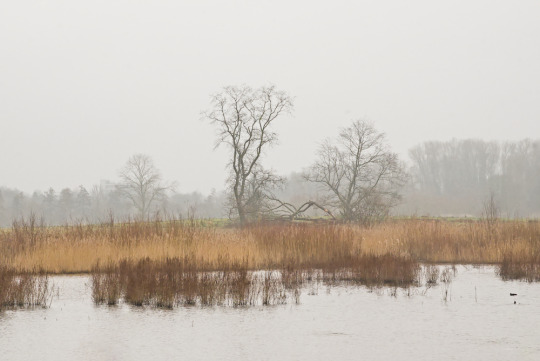
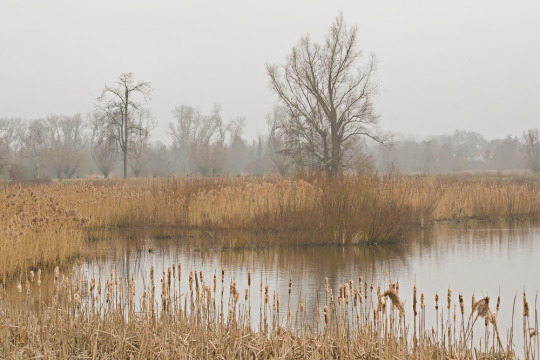

Misty marsh of Bourgoyen nature reserve, Ghent, Flanders, Belgium
Prints available on my Artheroes.com and Redbubble shops.
#marsh#marshland#landscape#bourgoyen#photography#wetland#wetlands#natue#environment#misty#fog#original photography#original photographers#photographers on tumblr#lensblr#pws#darktable#nikon z
564 notes
·
View notes
Text
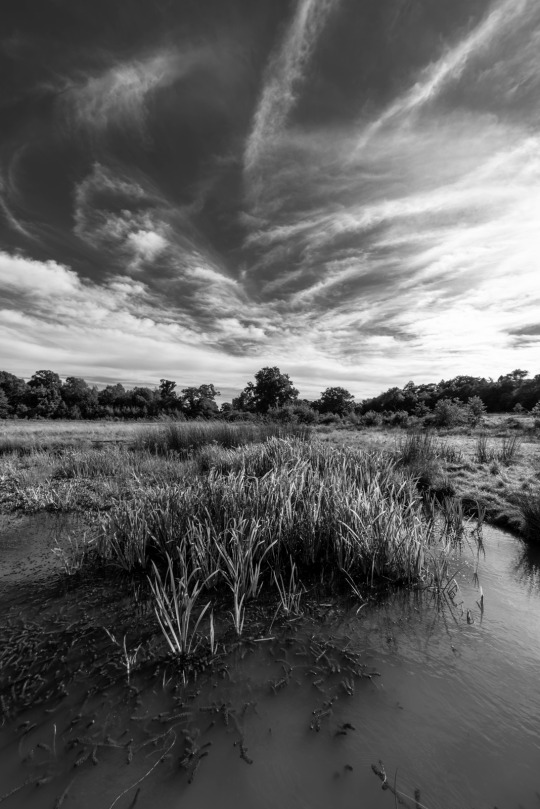
Cammo Meadows, Edinburgh
#photographers on tumblr#original photographers#luxlit#imiging#black and white#edinburgh#black and white photography#landscape photography#elloon#ello photographers on tumblr#wetland
98 notes
·
View notes
Text
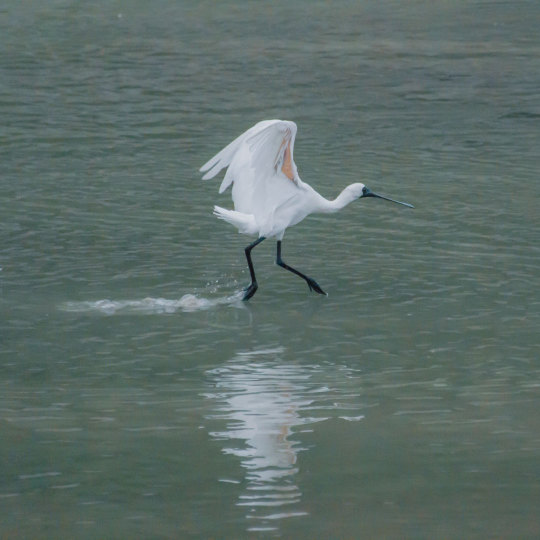
黑面琵鷺 | black-faced spoonbill | クロツラヘラサギ
33 notes
·
View notes